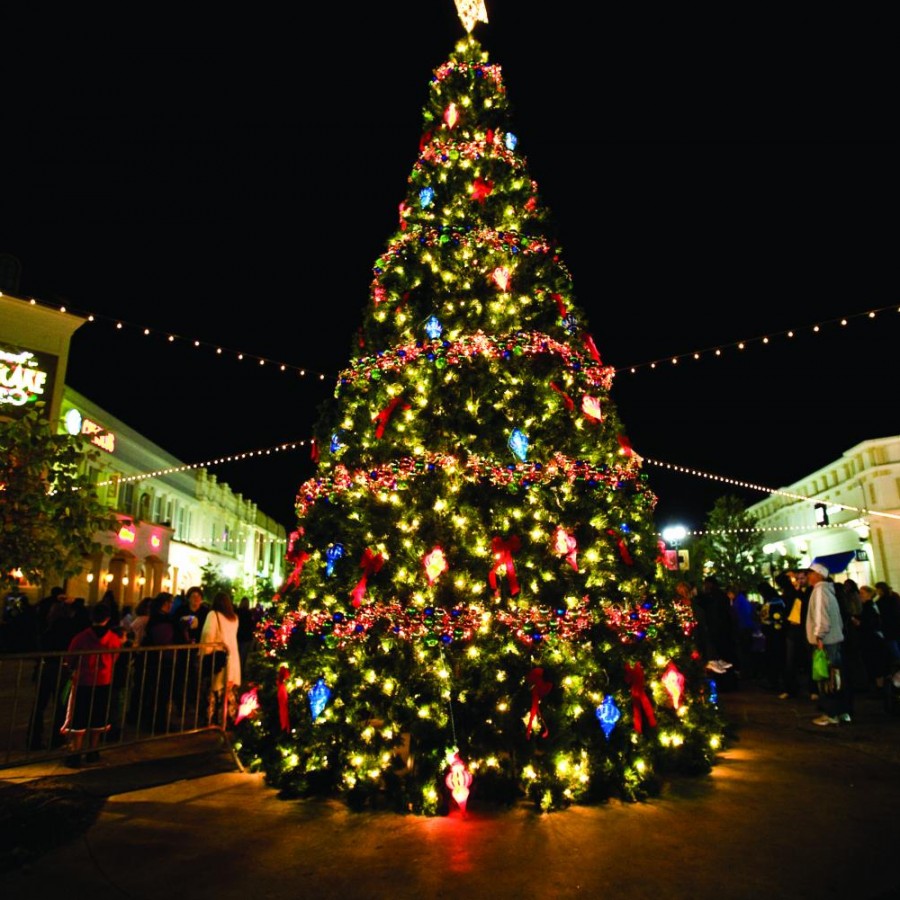For hundreds of years, many groups around the world has celebrated Christmas with traditions such as decorating Christmas trees or eating candy canes. People decorate their houses with lights and may even blow up inflatable Santas, but not many people know why these things are done.
The largest collective tradition that the world has is Christmas trees. There are many stories of how these trees became involved in the Christmas tradition. When they first started being used, the Pagnes decorated their homes with Christmas trees for the winter solstice and the Christians used trees as a sign of everlasting life with God. The different cultures started using them around the same time, but they all had different meanings behind why they used them.
Many people gather together with loved ones around Christmas time to decorate their trees. Cecilie Schieffer, a senior, decorates her Christmas tree with her family every year. “My little sister always decorates a white tree with all of the decorations that we made when we were little and colorful lights. I always decorate our main living room tree. Usually, we blast christmas music and light a few yummy candles to set the mood,” said Schieffer.
Another widely used tradition and symbol is the candy cane. The candies themselves began in Germany about 250 years ago. Similar to Christmas trees, the candy cane also has many stories about how it came to be. In particular, there is one story about a choir director who needed to keep his choir quiet during the Christmas nativity service, so he gave them all these sugar sticks to keep them quiet.
The first discovery of candy canes documented in the United States was by Bob McCormack. He had traditionally made candy canes for his family and friends on special occasions. As they became more popular, he started his own business called Bob’s Candies.
Because business became more and more popular, McCormack’s brother-in-law invented the self servicing “Keller Machine”. This machine produced the candy canes instead of McCormack having to do it by hand. Their business was bought by Farley and Sathers in 2005, but they still make the same candy canes that everyone fell in love with when McCormack first started.
Most people are familiar with the tradition of kissing under the mistletoe, but they are not aware of how it originated. Mistletoe is very common as it grows on willow, apple and oak trees. Mistletoe dates far back to when the Druids, religious leaders in the ancient Celtic culture, used it to bring good luck into their homes and ward off evil spirits.
Part of the tradition of kissing under the mistletoe came from Norse mythology because the mistletoe is a sign of love and friendship. The other part came from England; during that time, if a couple were to kiss under the mistletoe, they would have to pick a berry off of the plant. When there were no berries left, people couldn’t kiss under that mistletoe plant anymore.
Grace Davidson, a freshman, has mistletoe up in her home every year in spirit of the Christmas season. “With my family loving Christmas, we always have the tradition of putting up mistletoe under one of our doorways. It brings good memories into our house with my parents kissing under the mistletoe and makes the Christmas spirit even stronger.”
Most of these traditions are celebrated around the world, some in different ways than others. Either way, they make people feel more united around Christmas time.









